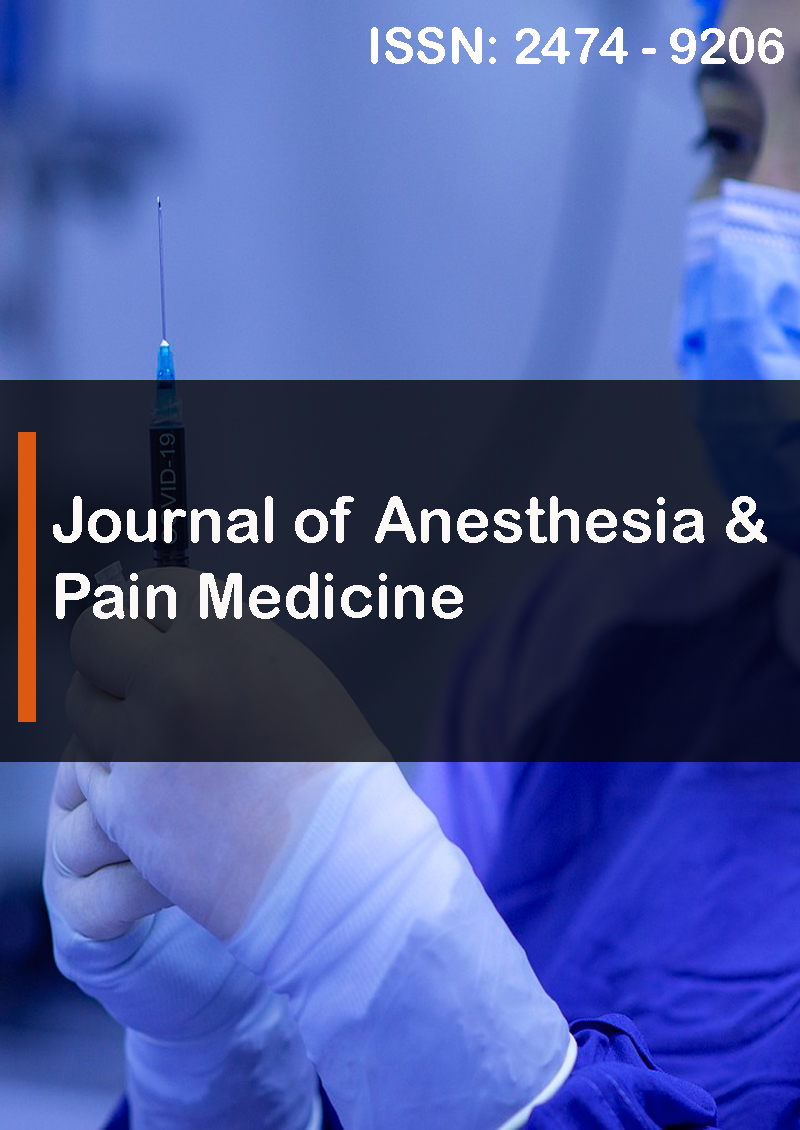Procedural Sedation And Analgesia In Emergency Department: A Review and Update
Abstract
Surjya Prasad Upadhyay, Ulka Samant, Arun Kumar Singh, Hemchander Sundararaj, Malini Rao, Piyush N Mallick
Procedural sedation and analgesia is one of the common clinical practice in the emergency department. The level of sedation must be adjusted in such a way that the it allows patient to tolerate unpleasant procedures while maintaining normal physiologic reflexes and consciousness and able to understand and respond to verbal or light tactile stimulus. Although drugs used for procedural sedation has wide margin of safety but inappropriate monitoring or dosing may cause serious adverse events. Procedural sedation in emergency department is not without risk. Proper monitoring; provision of readily available access to resuscitation facility and continuous presence of trained staffs capable for airway management and providing advanced life support measure contributes reduction in adverse outcome. Pre-procedural evaluation is done to screened for suitability for procedural sedation and assess the risk factors. Patients with full stomach, difficult airway or significant medical illness requiring more than mild sedation, alternative to procedural sedation should be consider. Clinician performing procedural sedation should have through knowledge of action, dose, side effects, antidote of commonly used sedative analgesics. Newer and innovative techniques have been evolved recently including transmucosal, transnasal, inhalational anaesthetic, patient controlled sedations, target controlled sedation. All patients after procedural sedation should be monitored in a designated recovery area and should not be discharged until they meet all the discharge criteria and while sending home, proper written discharge instruction should be provided to all.



